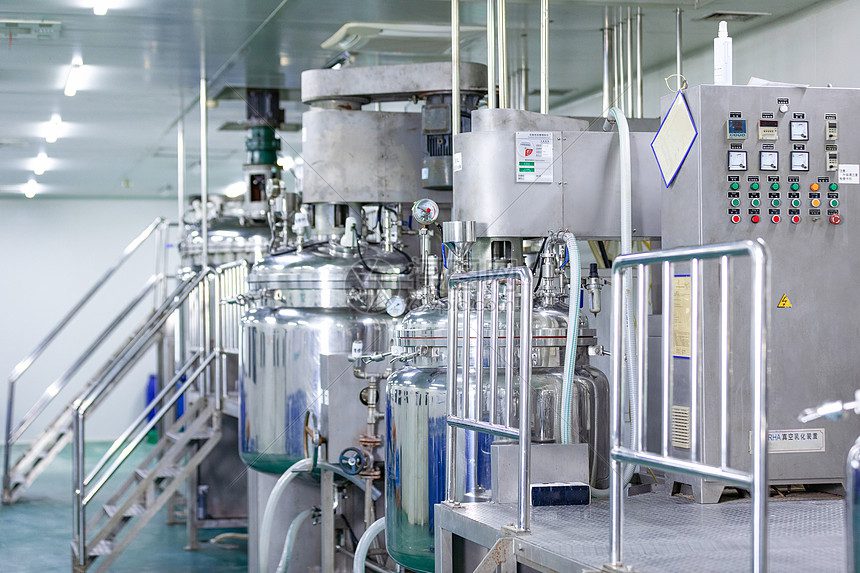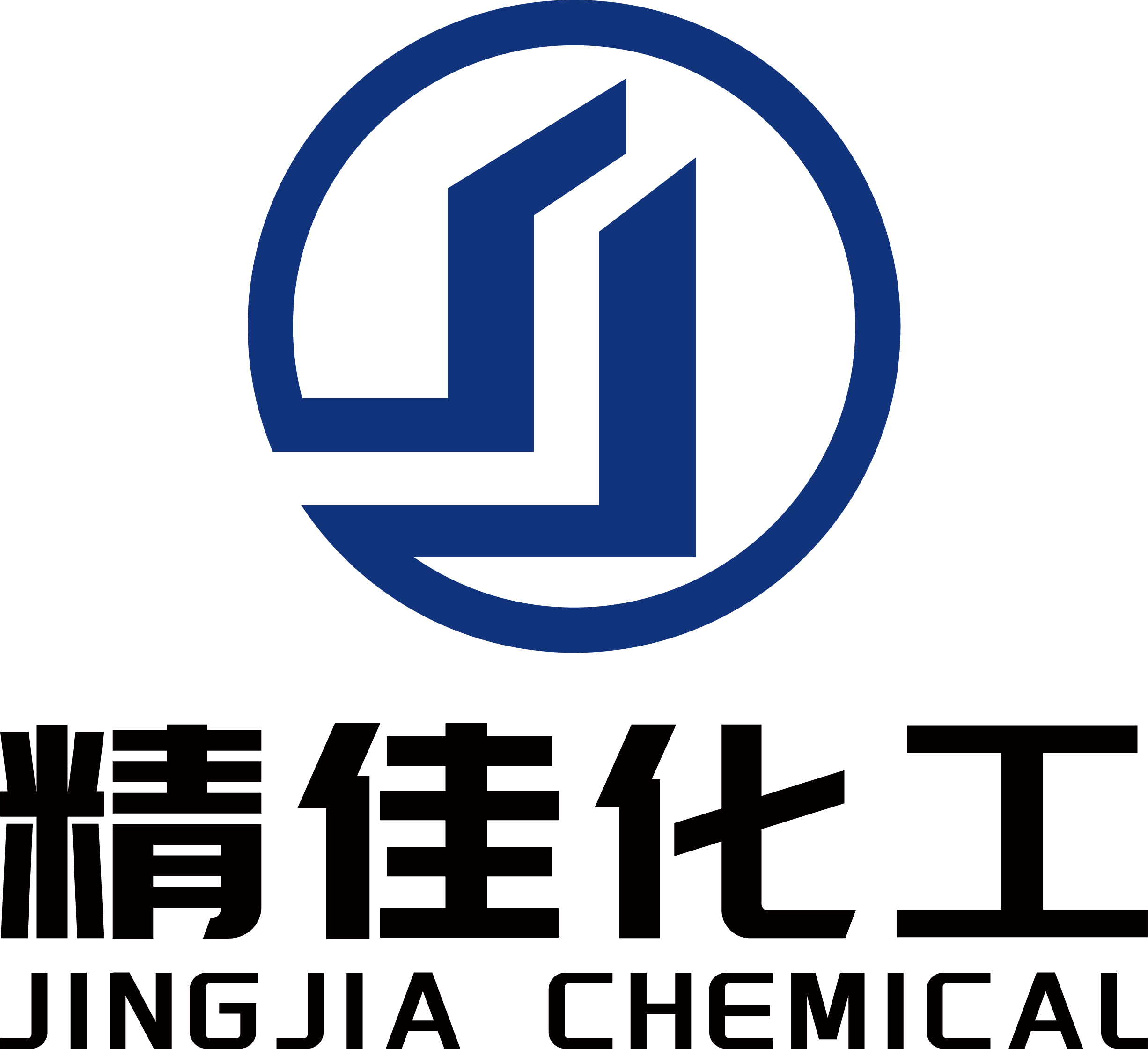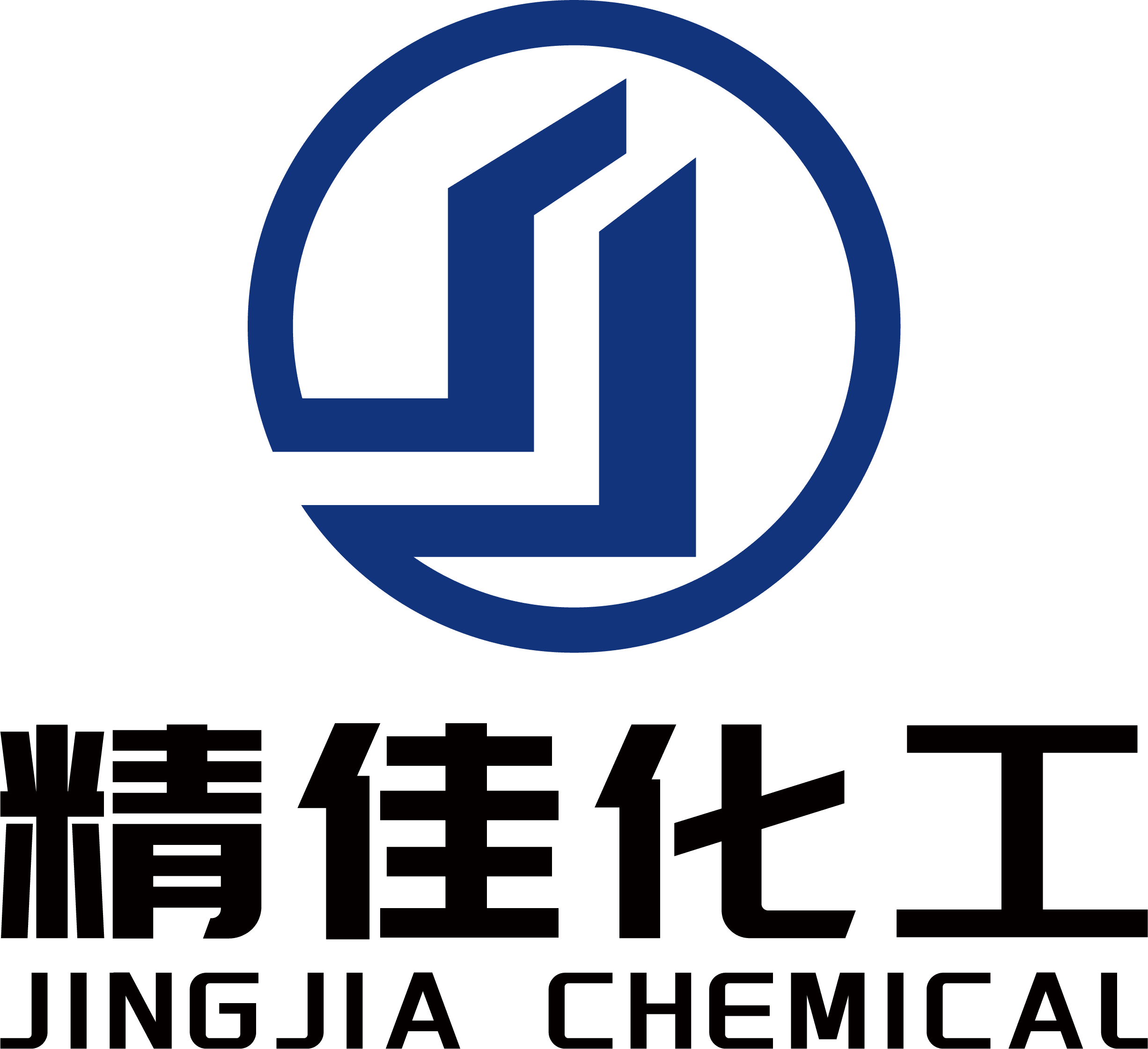Introduction
How do raw materials transform into plastics, pharmaceuticals, fuels, or cosmetics in the chemical industry? The answer lies in massive yet precision-engineered equipment. Chemical machinery and equipment are not just physical vessels for production—they embody process technologies. Like silent artisans, they perform complex tasks of mass transfer, heat exchange, reactions, and separation under extreme temperatures, pressures, or corrosive environments. This article delves into the inner workings of these critical machines, exploring their classifications, principles, and cutting-edge industry trends.
I. Four Core Categories of Chemical Machinery
Reaction Equipment: The Stage for Chemical Magic
Reactor Vessels: The “heart” of chemical processes, enabling synthesis through stirring, temperature, and pressure control. High-pressure reactors withstand up to 30 MPa for polymer production.
Fluidized Bed Reactors: Create a “boiling” catalyst layer to enhance gas-solid contact, widely used in petroleum catalytic cracking.
Separation Equipment: The “Sieves” of the Material World
Distillation Columns: Separate crude oil into gasoline and diesel using 50+ trays (99.9% purity).
Centrifuges: Achieve 10,000× gravity at 15,000 RPM to isolate vaccine proteins from impurities.
Heat Transfer Equipment: Energy Transporters
Shell-and-Tube Heat Exchangers: Thousands of titanium tubes transfer heat between 280°C steam and cold water in 0.5 seconds.
Graphite Falling-Film Absorbers: Corrosion-resistant vertical pipes efficiently absorb SO₃ gas with sulfuric acid films.
Material Handling & Storage Systems: The “Highways” of Production
Magnetic Drive Pumps: Leak-free designs safely transport toxic benzene derivatives for 20,000+ service hours.
Cryogenic Tanks: LNG storage at -162°C using 9% nickel steel and 1.2-meter vacuum insulation (daily evaporation rate <0.05%).
II. The "Golden Triangle" of Equipment Selection
Process Compatibility: Titanium oxidation reactors for PTA production must endure 220°C, 4 MPa acetic acid vapor.
Lifecycle Cost Analysis: Multi-effect evaporators may cost 30% more upfront but save $2M annually in energy.
Smart Maintenance: AI-powered vibration sensors boost ethylene compressor failure prediction accuracy to 92%.
III. Industry Revolution: Chemical Equipment Meets Digitalization
Digital Twins: DuPont’s 3D reactor models optimize catalyst flow, increasing utilization by 17%.
Additive Manufacturing: GE’s 3D-printed microchannel reactors achieve 5× higher heat transfer in 20% the size.
Green Innovations: Dow’s electrostatic precipitators capture 99.99% of PM2.5 with 40% less energy.
Conclusion
From 19th-century cast-iron reactors to today’s smart factories, chemical machinery’s evolution mirrors humanity’s mastery over molecular transformations. Future breakthroughs in supercritical fluid technology and quantum-driven material design may enable molecular-level precision. These steel giants are shedding their "high-energy" reputation to lead sustainable manufacturing—a pivotal leap toward greener industrial civilization.












